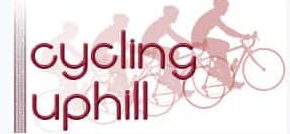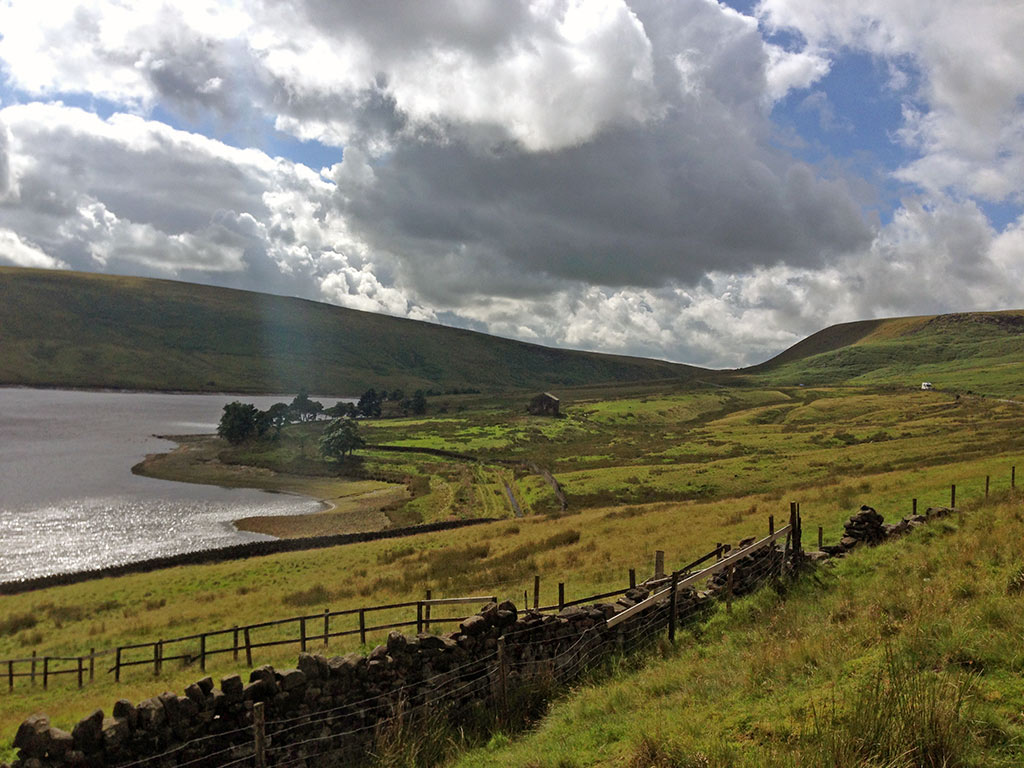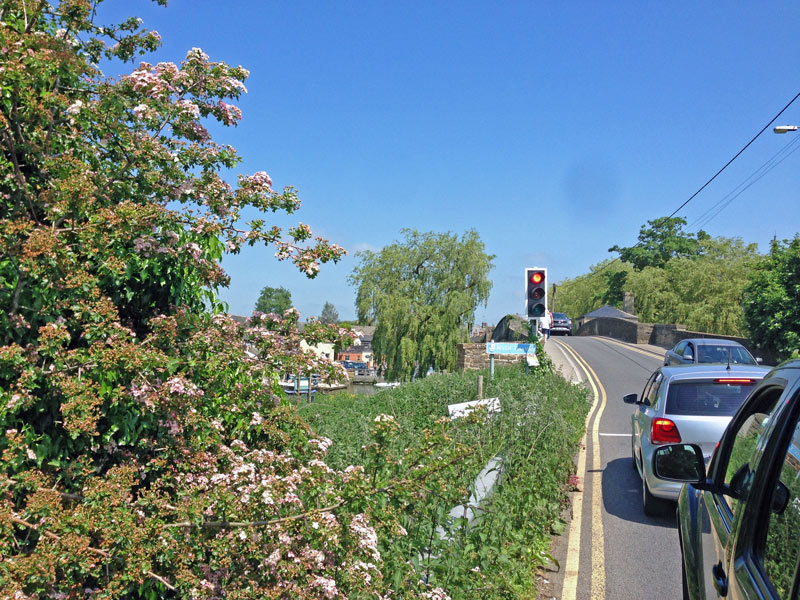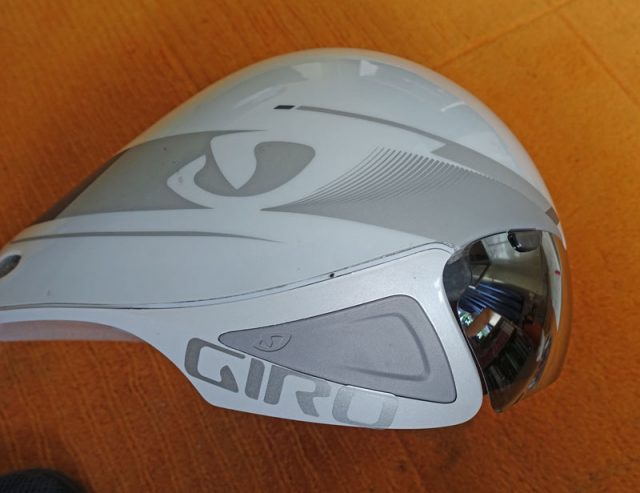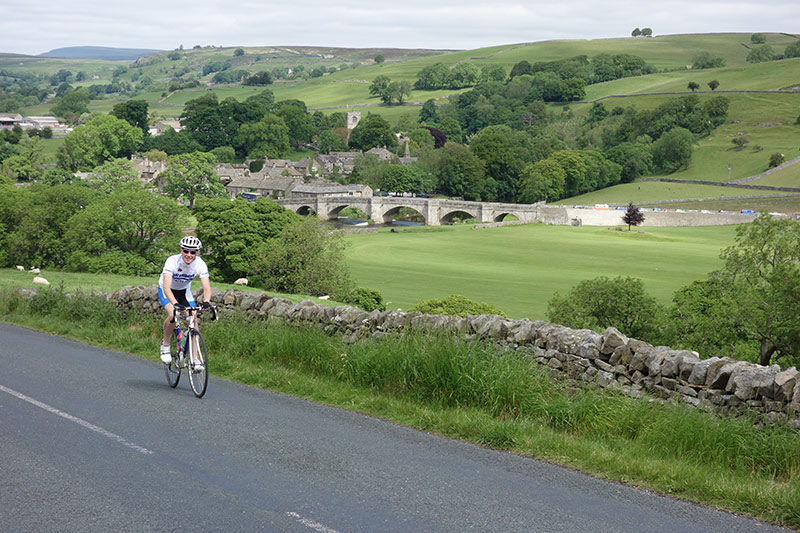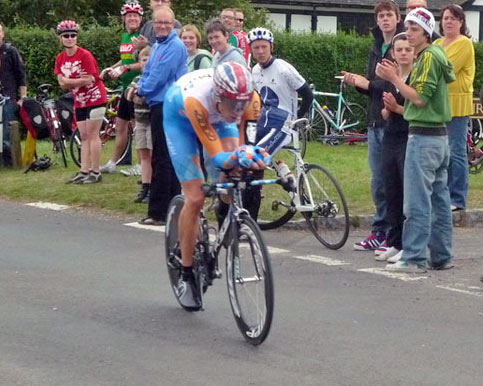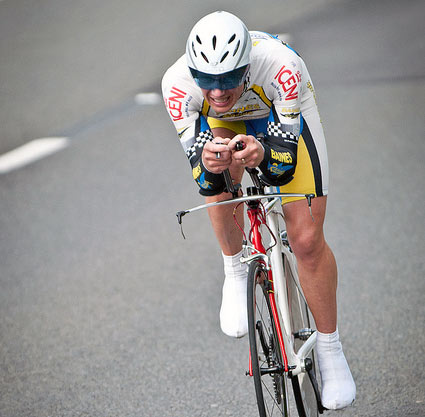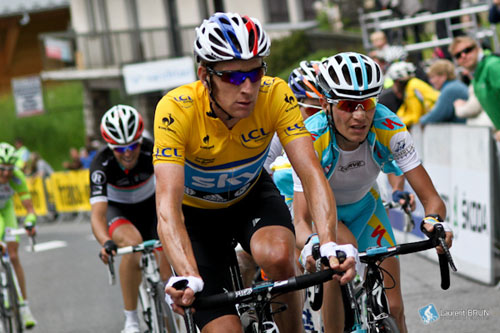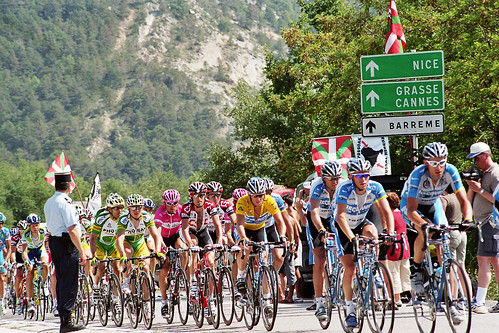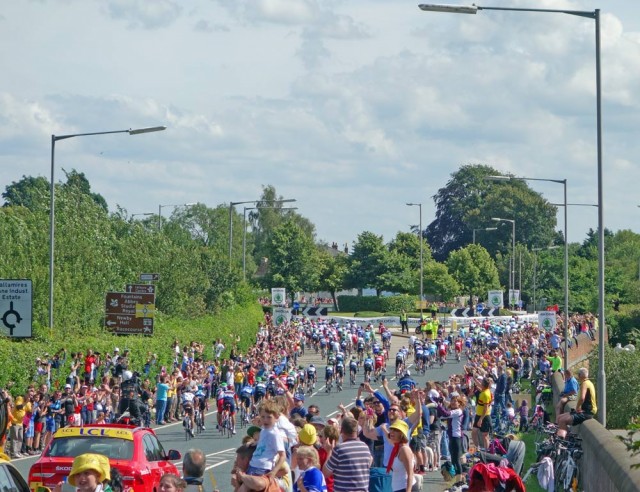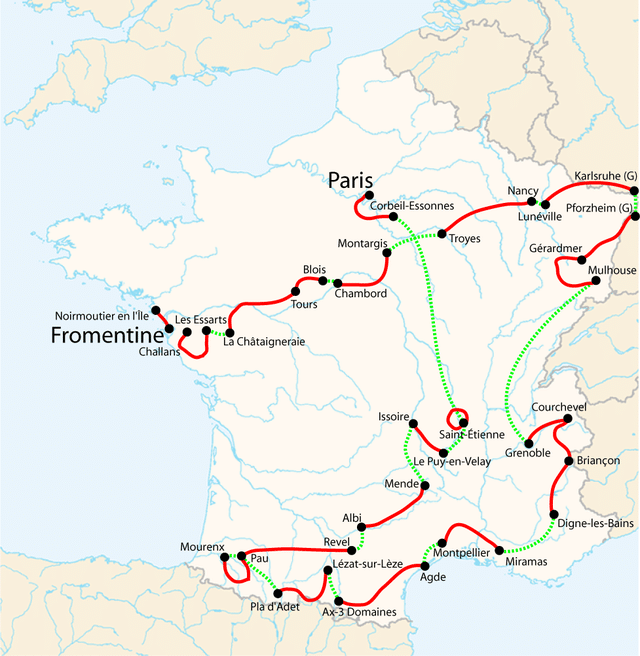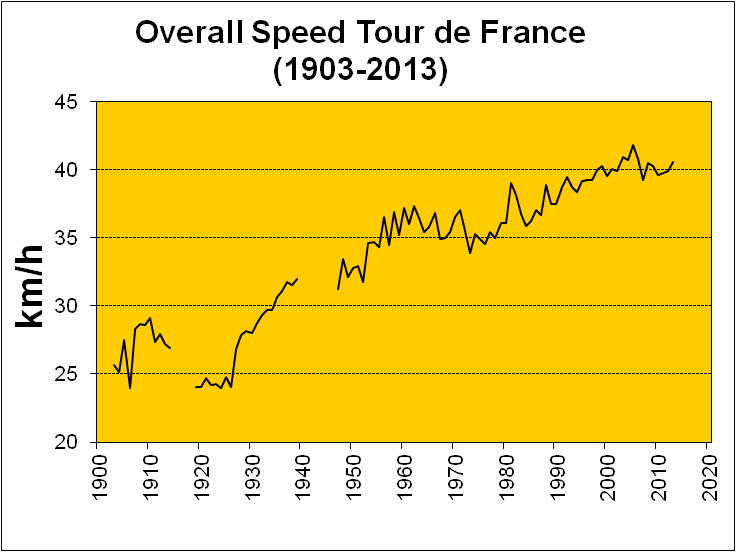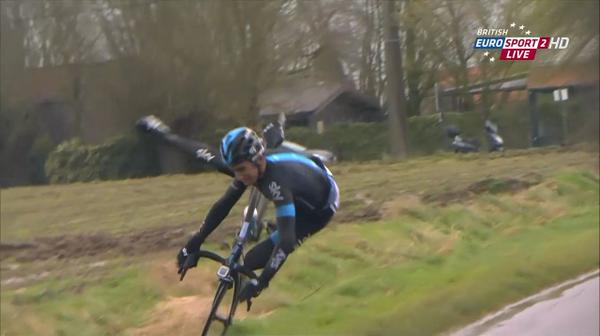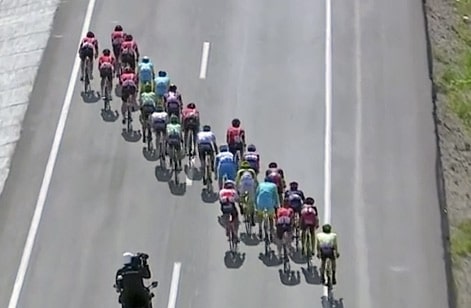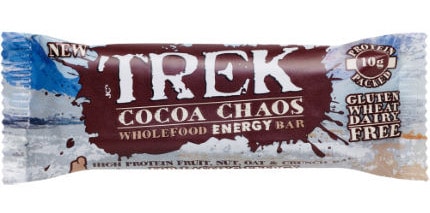This is really scrapping the bottom of the barrel for new cycling articles. “Great aromas of the cycling world.” On the positive side, I’ve left out the ‘whiff of corruption’ and other poor analogies which leave a bad smell hanging in the air.
The sense of smell is something we tend to forget, but unconsciously it is always there. It’s certainly not the first thing you think about with regard to cycling. It’s more of a visual feast – the peleton strung out alongside an immaculate French vineyard or the visual pain of seeing cyclists with knee high black socks.
But, as well as the visual joys of cycling, there are some less heralded aromas worth a mention.
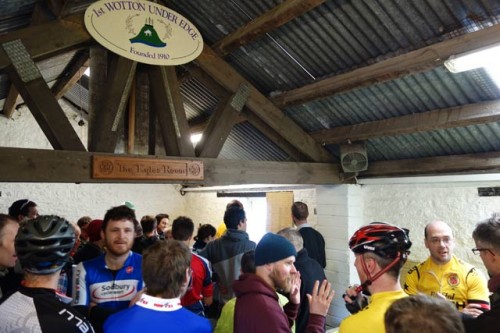
1. Deep heat / getting going creams. When I first started time-trialling, everyone seemed to put on this oil over their shaved legs. It was quite an arresting / reassuring aroma for a cold March morning in a village hall. Somehow the smell of deep heat always manages to bring back that right of passage before a time trial. The whole routine of getting your number, complaining about the wind, coming up with excuses for not having trained, squeezing into your skin suit – all these are indelibly linked with that smell of deep heat.
Unfortunately, numerous studies have shown this kind of ‘warm up cream’ is actually counter productive. It just brings blood to the edge of your legs before starting, meaning you lose heat quicker and your legs are more prone to cold. However, despite everything saying it does more harm than good, you still see quite a few old timers slapping on the reassuring balm. I reckon it’s because they just like the smell.
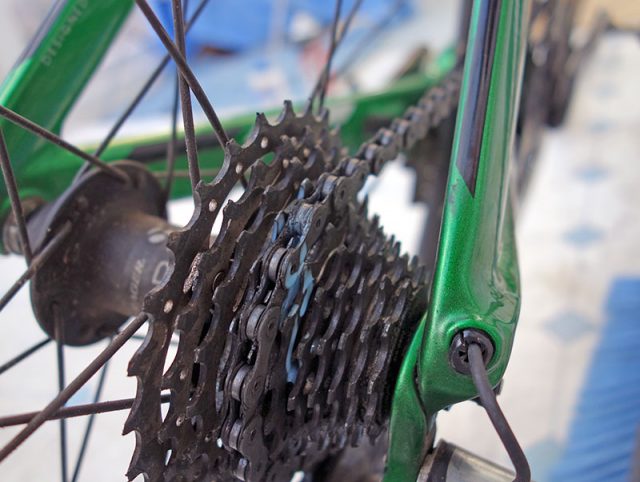

2. Oil. Most aromas are not particularly pleasant. You could think of oil as a rather neutral smell. But, I like it; walk into a bike shop and the feint, but unmistakable, aroma of oil is the underlying presence of the room.
Any cycle fan always loves going into a bike shop, even if he knows he isn’t going to buy anything. We just like looking at the bikes, components and clothes. A true cycling aficionado will always love visiting a bike shop. These days we can get most components for 20% less at an online retailer. But, whilst we may save money, there is no soul, the internet may be convenient, but it hasn’t yet managed to give out that reassuring aroma of bike lube mixed with a few other random aromas.

3. Tea and Toasted Teacakes. When you’re hungry and cold, the reassuring smell of teacakes being toasted is very attractive. I was brought up on club runs throughout the Yorkshire winter. After 20 miles in the northern winter, you really wanted to go in somewhere warm. Maybe it’s not so much the smell of teashops, but the warmth. I never drank tea before cycling, but after about two club runs, I gave in and took to the tan brew like a duck to water. The thing is it never tastes as good at home. To truly experience the joy of tea, you have to take from a teapot, in china cup after losing 2 degrees body heat cycling up lower Wharfedale. Then it is marvellous, and naturally the smell of melting butter on a toasted teacake is sheer heaven.
5. The Countryside
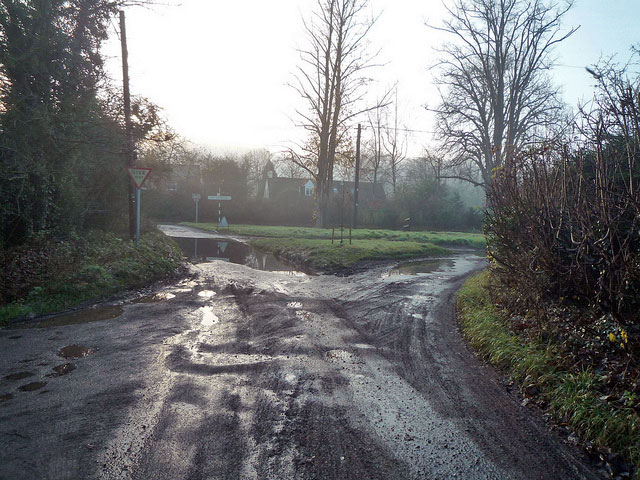
Yes, the countryside smells. It smells of cow dung and other stuff. But, we love it. It is that romantic remembrance of the countryside that helps us stay sane in the modern world. We may have a a 4WD trying to run us off the road on a narrow Dales road, but at least we can still enjoy the smell and sensation of the countryside. Modern life hasn’t quite sanitised everything, thankfully. Some people may spend all winter racking up four hour training sessions on a turbo, but, I bet you don’t get to enjoy the smell of well rotted cow dung in your garage.
***
At this point in the article, we could easily start to rapidly descend. When Miguel Indurain was asked his worst moment on a bike. It wasn’t getting dropped by, Bjarne ‘Mr 60%’ Riis, to lose the yellow jersey after five consecutive years winning the Tour de France; it wasn’t any horrendous crash – His worst moment was sitting on the wheel of Tony Rominger when he had a bad bout of diarrhoea and wouldn’t stop to lose his place in the GC. (I might have got the two mixed up but, I think you get the idea).
The other overwhelming aroma of cycling is that product of all our toil and effort. Good old fashioned sweat. When it is our own, we don’t mind, we even can become quite proud – forget power meters, heart rates, and average speeds, the real sign of a good work out is how much did we sweat? How much can we stink out the place? Alas, our friends and partners fail to see anything either heroic or romantic about smelling. But, for us it can become symbolic of our heroic effort; even if our average speeds and power meter results are laughable, at least we can smell like we’ve tried hard.
